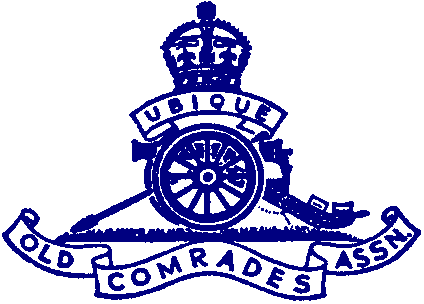 |
The Gun |
 |
|
Guns were first fired by a red-hot iron thrust down the vent. This method worked well but required a fire on the gun position, rather dangerous with loose serpentine powder, the dust from which could be ignited by the smallest spark or even by friction.
Next came the 'slow match', a cord soaked in spirits or some mixture which enabled it to burn very slowly. It was held by a linstock. At first the slow match was taken to the gun on the linstock and applied to the vent, the latter having been primed with loose powder. Flame from the priming in turn ignited the propellant charge in the chamber.
The methods described caused progressive erosion of the vent, leading to a reduction in propellant gas pressure with a consequent loss in muzzle velocity. To repair the damage, vents had to be bored out and re-bushed, a time-consuming process in the smooth-bore era. To overcome the problem, in 1697 metal tubes were introduced. At first they contained quickmatch but this was later replaced by powder. The tube was inserted in the vent and the contents ignited in the same way as loose priming. The use of the tubes also anabled the rate of fire to be increased.
In 1700 the 'portfire' (from the French 'porte feu' = carry fire) was introduced. It consisted of a half-inch (12.7mm) paper tube filled with a mixture of saltpetre, sulphur, mealed powder and antimony sulphide, carried in a portefire holder. At 'Preparation for Action' a linstock was placed in rear of each section, and its slow match ignited. Firing numbers ignited their portfires at the linstock, then used them to fire their guns. At 'Cease Firing' they cut off the burning ends of the portfires with the cutters on each trail and extinguished them.
WL Ruffell |
previous | index | next |
History Home Page | Old Comrades' Home Page
Send suggestions or comments to the Webmaster
Page last updated: December 7, 1998